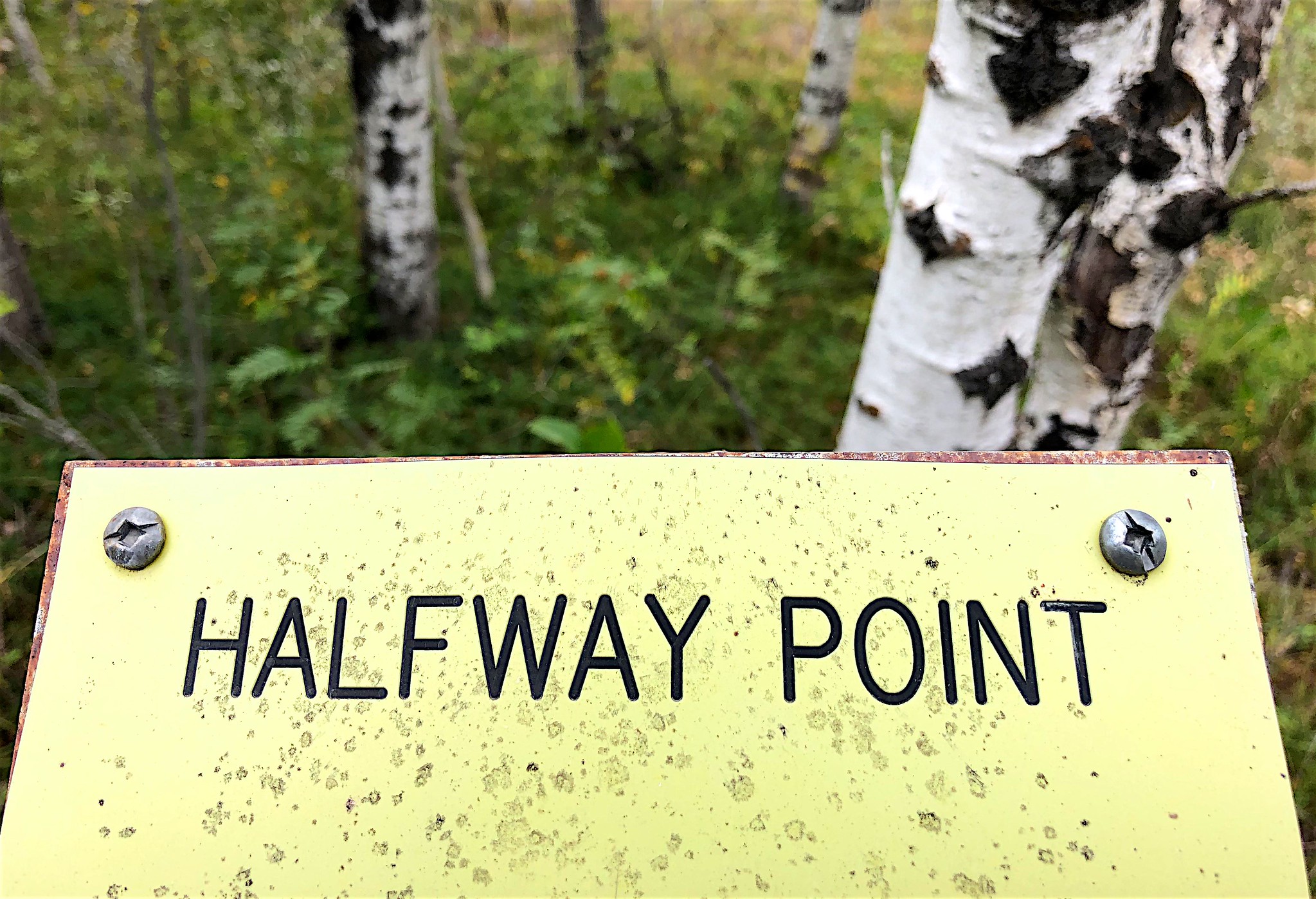Highlights of Upcoming Week 3 of Citizen Science Month
Posted on Categories Discover Magazine

We celebrate the halfway point of Citizen Science Month next week! Join SciStarter for a 12-hour nonstop Palooza of Zooniverse Projects (ZooniPalooza?). Pick your favorite project and hop online with a SciStarter Team Member. The rest of the week, we count bats, chat with dolphins and try a whole slew of projects supported by our friends at the National Science Foundation!
As of this writing, we’re almost exactly at 500,000 completed Acts of Science, so we’re well on our way. But we can’t let up!
Find a project and report your Act of Science here. Just creating a SciStarter account and participating in any Affiliate project before May 1 will earn you a One Million Acts of Science badge!
April 14: Dialogue With a Dolphin!
Appealing as it may seem, nose to nose communication with dolphins is not the best way to understand them. Dolphin Chat is a citizen science project in which you listen to recordings online and characterize them to help researchers tease out meaning in dolphin vocalizations (Credit: Herbert Haseneder, public domain via Flickr Creative Commons)
April 14 is National Dolphin Day, a time to devote ourselves to porpoiseful pursuits. Check out this suite of cetacean science, including Dolphin Chat, where you’ll help tease out nuances in dolphin communication. If you’re lucky enough to encounter dolphins in real life, sign up for Dolphin Watch.
April 15: We’re at the Halfway Mark
The Zooniverse platform features an impressive collection of citizen science projects spanning a wide array of disciplines. At this 12-hour event, you’ll have an opportunity to meet the project scientists from some of their most popular projects, as well as SciStarter staff partnering with them. (Credit: SciStarter)
It’s the halfway point in Citizen Science Month and we’re celebrating with 12 hours of non-stop paloozafying with our friends at Zooniverse. All are welcome, so pop in anytime to join us, no prior experience necessary!
April 16: Celebrate National Science Foundation Citizen Science
While best known for funding cutting edge scientific research in a variety of disciplines, the National Science Foundation (NSF) also funds innovative citizen science projects that support research initiatives (Credit: National Science Foundation).
The National Science Foundation (NSF) supports citizen science projects conducting research on everything from phenology (nature’s rhythms) to light pollution. Check out Caterpillars Count, Track a Lilac, Globe at Night, and others at our NSF Projects Page!
April 17: Count Bats for Bat Appreciation Day
Many bats, like this one, are just hanging on. But you can help by joining one of the citizen science projects featured on the SciStarter Bat Appreciation Day collection.
“Holy biodiversity loss, Batman! Bats all over the world are dropping like flies!” “Exactly, Robin, and that’s why we need citizen scientists to join efforts to save them. To the Bat Cam, Robin!” You, too, can be a caped crusader (cape optional) by joining these bat conservation projects to protect our flapping friends.
April 18: Flyways Watch Party
The Flyways episode of the PBS series Wild Hope highlights the work of ordinary people making an extraordinary effort to protect migrating shore birds. (Credit: HHMI/Tangled Bank Studios/PBS/Nature)
Join the SciStarter team for a virtual watch party of Tangled Bank Studios’ new film Flyways, highlighting bird experts and citizen scientists working together to monitor and protect shorebirds. Today is also CitSci Around the Globe Day! Celebrate with these international projects.
April 19: Be a Student of Nature
Today is the first day of National Environmental Education Week, the perfect opportunity to engage students in environmental science activities before Earth Day! (Credit: National Environmental Education Week)
Celebrate Environmental Education Week by learning how citizen science supports education and checking out this suite of projects curated for grades K-2 through college age.
April 20: Bring Citizen Science To National Parks
National Parks can serve as outdoor classrooms where kids can engage in citizen science activities that boost STEM content knowledge and make them confident environmental science explorers. (Credit: NPS/Santa Monica Mountains)
Did you know that there are 429 National Parks, National Battlefields, National Historic Sites, National Monuments, National Seashores, and National Recreation Areas? That means there’s probably at least one near you. Try these projects out at your favorite NPS site or other wild place!